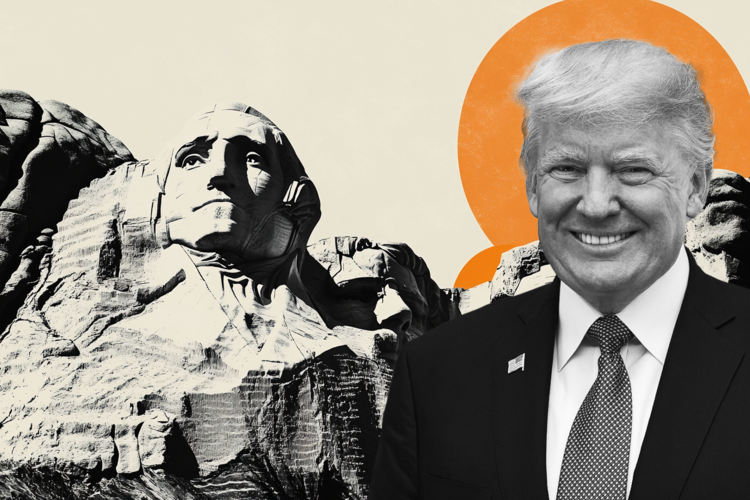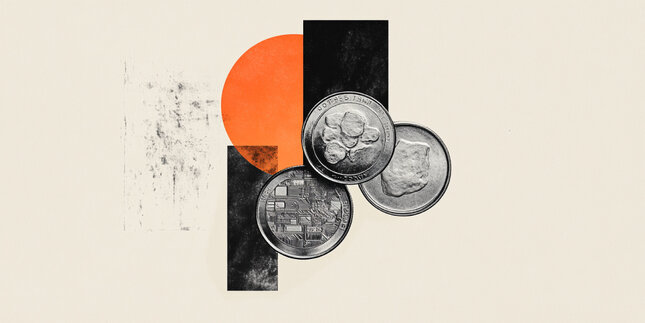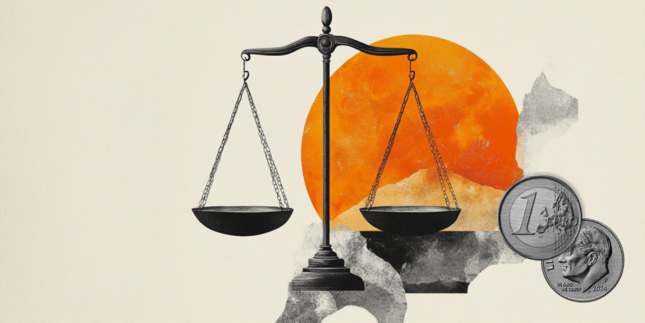-
Opps!
This language contents are not available!

US Trade Representative office possibly preparing a third tariff option for President Trump
According to reporting by the Wall Street Journal, policy writers at the Office of the US Trade Representative are scrambling to put together a third tariff option to present to US President Donald Trump at the 11th hour. According to reports, The Trade Representative Office is attempting to find a way to smooth President Trump's tariff goals into a simple, more streamlined offering that would see flat tariffs across the board, and exclude Donald Trump's self-styled retaliatory trade threats whenever he feels threatened by other countries responding unfavorably to his rolling schedule of tariff threats.
Markets initially latched onto the reporting as a sign that President Trump's high-flying tariff threats may be eased lower. However, the ambiguous reporting highlighted how poorly the White House has conveyed tariff plans, opting to keep details hidden until the 11th hour.
The Trump administration is slated to reveal its widespread "reciprocal" tariff package on Wednesday at 1900 GMT (4 pm EST).
Tariffs FAQs
Tariffs are customs duties levied on certain merchandise imports or a category of products. Tariffs are designed to help local producers and manufacturers be more competitive in the market by providing a price advantage over similar goods that can be imported. Tariffs are widely used as tools of protectionism, along with trade barriers and import quotas.
Although tariffs and taxes both generate government revenue to fund public goods and services, they have several distinctions. Tariffs are prepaid at the port of entry, while taxes are paid at the time of purchase. Taxes are imposed on individual taxpayers and businesses, while tariffs are paid by importers.
There are two schools of thought among economists regarding the usage of tariffs. While some argue that tariffs are necessary to protect domestic industries and address trade imbalances, others see them as a harmful tool that could potentially drive prices higher over the long term and lead to a damaging trade war by encouraging tit-for-tat tariffs.
During the run-up to the presidential election in November 2024, Donald Trump made it clear that he intends to use tariffs to support the US economy and American producers. In 2024, Mexico, China and Canada accounted for 42% of total US imports. In this period, Mexico stood out as the top exporter with $466.6 billion, according to the US Census Bureau. Hence, Trump wants to focus on these three nations when imposing tariffs. He also plans to use the revenue generated through tariffs to lower personal income taxes.
Forex News
Keep up with the financial markets, know what's happening and what is affecting the markets with our latest market updates. Analyze market movers, trends and build your trading strategies accordingly.



















